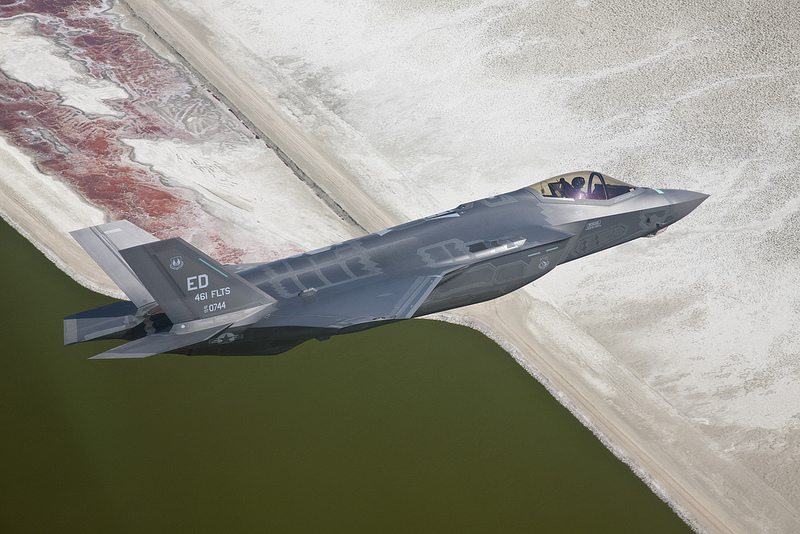The F-35 fleet was gronded once again based on initial findings from runway fire incident occurred last week.
The Pentagon has officially announced that all its fleet of Lockheed Martin F-35 Lightning II jets has been grounded following the runway fire incident which involved an F-35A at Eglin Air Force Base, on Jun. 23.
The news came just ahead of the long weekend for U.S. Independence Day, as Joint Strike Fighters were expected to cross the Pond to take part to Farnborough International Air Show and Royal International Air Tattoo, in the UK next week.
The participation of the F-35s has not been cancelled yet (indeed, the F-35B STOVL – Short Take Off Vertical Landing variant of the plane, expected to take part to the two leading European airshows, had resumed flights on Jun. 28) but the fleet-wide grounding puts the aircraft’s international debut at risk.
Here’s the official statement from Pentagon Press Secretary Rear Admiral John Kirby on F-35 Fleet Grounding:
The technical air worthiness authorities of the Department of the Air Force and Department of the Navy have issued a directive to ground the F-35 fleet based on initial findings from the runway fire incident that occurred at Eglin Air Force Base on Monday, June 23. The root cause of the incident remains under investigation. Additional inspections of F-35 engines have been ordered, and return to flight will be determined based on inspection results and analysis of engineering data. Defense Department leadership supports this prudent approach. Preparations continue for F-35 participation in international air shows in the United Kingdom, however a final decision will come early next week.
This is not the first time the entire F-35 fleet is grounded.
On Feb. 22, 2013 the Pentagon decided to suspend the flights of all Lockheed Martin F-35 Lightning II fighter planes after a crack was found on a turbine blade of a test aircraft at Edwards Air Force Base, California.
The decision came only nine days after the DoD had cleared the STOVL variant to resume flying activity after a month-long grounding due to a fueldraulic engine problem.
Image credit: Lockheed Martin
















